THATTA ( The Ancient City Of Kings )
#Thatta, Sindh is an ancient city of delta. This city is about# 100 kilometers from #Karachi, #Pakistan through the #National Highway. It was very important in history and today it is famous for its archaeological sites and monuments of the centuries, which are very interested in tourist places.
According to authors #Thatta, during the great invasion of #Alexander, there may be a major port of #Sindh. The river Indus has changed many times from Alexander's days.
There are #Archaeological sites in the city and its suburbs. The most popular of these sites is #Mickey Hill, which is about three kilometers from the largest nurse and the tomb in the world.
Due to the importance of its cultural and archaeological age, in the 1980s, #UNESCO registered #Mickey Gaddens as a World Heritage Site. The most protected area of the capital is #Michelle Heel, which has about 35 monuments and four different schools archeology and art stone are created from bricks and shades.
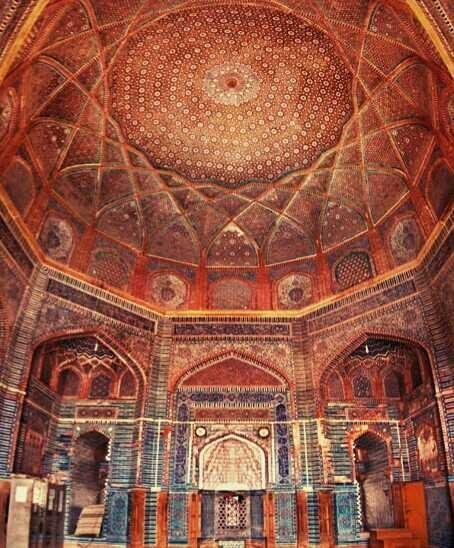
Memorandum here includes folk cultural influences in folk #Sindh, including Hindu, Central Asia and Persian culture.
#Thatta's city was ruled by #Delhi's #Mughal emperors governed by its governors, leaving an exceptional mark on the form of its memorandum. The most famous example of #Mughal architecture is #Shah #Jehan #Mosque, which is built in the half-end of the seventh century.
#Thatta played an important role in Sindh's history and the city was restored from 14 to 18 centuries. But in 1739, when Sindh's province was captured by #Nader #Shah #Persia, #Thatta entered the period of decline. However, four centuries of Thatta consist of golden age, their marks have left the region's monuments.
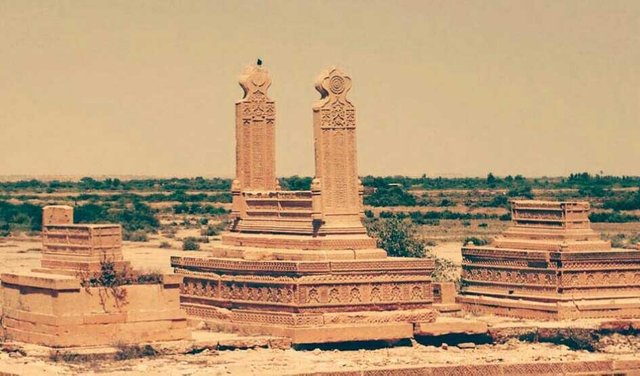
A scene of Jam Masjid in the name of #Shah #Jehani #Mosque, which was made by the Emperor of Shah, and completed in 1647.
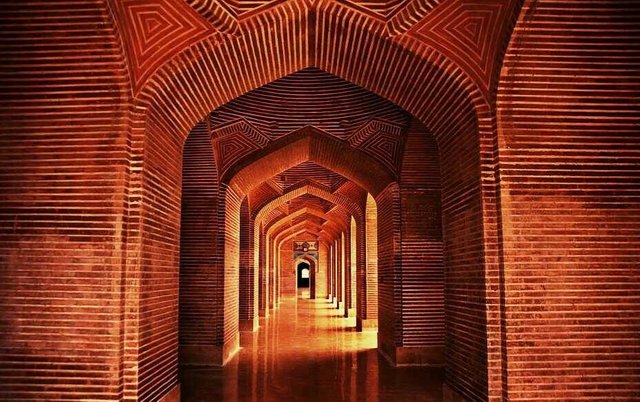
A view from the opposite. There are 93 domains and 33 arcats in different places in this mosque. A piece of local folk folk tells us that domains are so charming that everyone who tries to count them always confused and comes with different results.

A look at the tomb of two types of tomb built in the Tarkhan Khan era. One [left] is made of familiar stone but the second reflector of the Sultan Ibrahim is the grave, the son of Isaac Khan (and the brother of Isaac Khan whose grave is shown earlier). Abraham died in 1550.
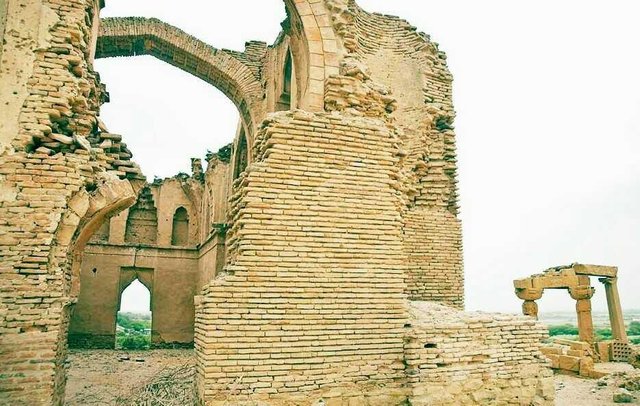
A closer approach to Sultan's opponent, through an archive in a broken outer wall. Stones are included in the workshop and were originally decorated with a shiny blue tile. It is believed that the Persian craftsmanship has been done by cars and Central Asia, who have influenced the ancient civilizations of Ninaawa and Babylon by the tradition.
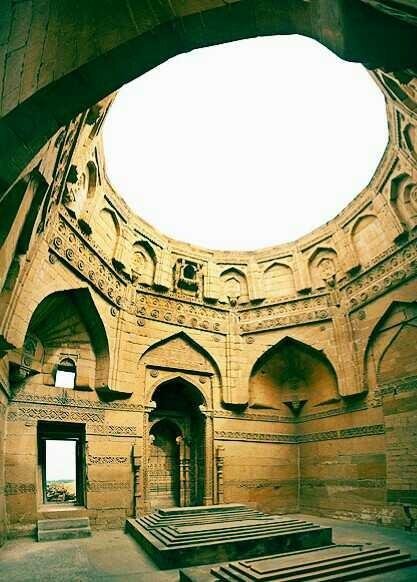
The tomb is decorated with a complex Koranic tomb inside the tomb. In Mecca, the expression of Arabic scriptural beliefs like Nasheq and Nastaqili were written on stone graves.
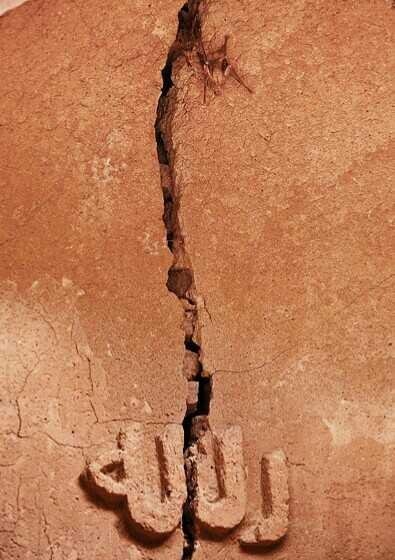
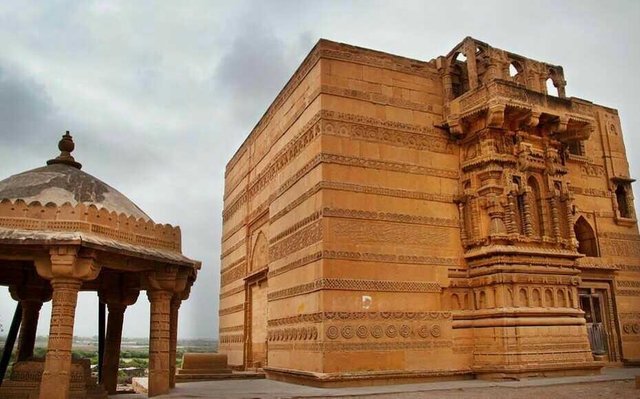
A brick's grave of members of the social royal family. Sam was the first family that #Thatta made his capital, and this Jam is the grave of Anair, his first and founder ruler.
Photos are taken from
https://www.dawn.com/news/753604
Very interesting and beautiful!
thank you